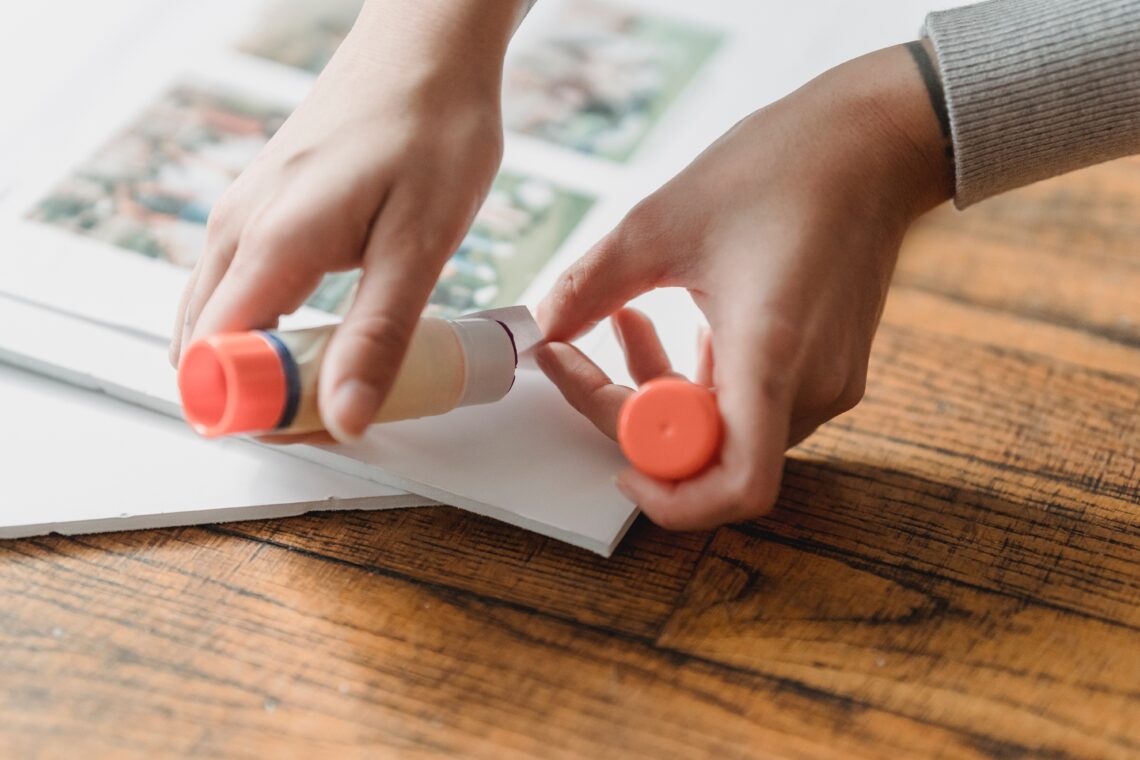
Picture this: therapy, without the costs
Emotions can be complex and puzzling, and not only affect your daily life but your outlook on the world around you. Sometimes, whirling thoughts can cause a state of brain fog and make it hard to put your emotions into words.
This can be especially difficult when you try to address your mental health issues through traditional therapy that involves talking with a professional.
Luckily, there’s an alternative to the one-on-one therapy method: art therapy. Resources to Recover defines art therapy as a personal therapeutic session dedicated to using the visual arts as the main treatment tool. It puts a literal meaning to facing your problems.
Don’t worry about not doing it ‘right’ the first time, there is no need to have any artistic ability whatsoever. Children, seniors, teens and adults can do art therapy. There are no rules, so there is no need to stress about what goes on your canvas, construction paper or colouring book.
Art therapy enables you to communicate with your emotions. It is specifically designed for those who feel detached from their feelings or lost in their thoughts.
It is used to address and treat many mental illnesses such as post-traumatic stress disorder, substance dependencies, attention deficit hyperactivity disorder, depression, anxiety, general stress, eating disorders and relationship issues.
Art therapy is also helpful for disabled individuals because verbal communication is not necessary, according to an article by The Canadian Council on Rehabilitation and Work (CCRW).
The CCRW says that unresolved traumatic situations that someone would be reluctant to talk about naturally comes out through the creation of art. Once those deep emotions are exposed, they can be treated appropriately or, at the very least, initiate a release of negativity.
The production of art goes deeper than a relaxing feeling—it’s neurological. The CCRW explains that dopamine, the happy chemical in your brain, is released in the midst of creating art, which in turn increases motivation, concentration and self-esteem. Creating new skills through art causes more connections in your brain, which not only improves your intelligence but your resilience to stress as well.
Although art therapy is usually done with the accompaniment of a therapist, it can absolutely be done from the comfort of your own home. And with that comes the extra cherry on top: the fact that art therapy is far cheaper than traditional therapy. The average cost of therapy in Canada is $150 per session, and this cost can change depending on whether it is individual or group therapy.
However, to do art therapy at home you only need art supplies based on which visual arts medium you choose. Here are some art therapy exercises for you to do at home:
A personal colour wheel
Making a colourful feeling wheel can help those suffering from brain fog because it aids them in identifying their feelings with a single colour.
To do this exercise, make a circle and divide it into eight pieces. Next to each piece, write an emotion; whether it be positive or negative. Then, fill in the piece next to the emotion with a colour you associate with it. For example: blue for sadness, yellow for happiness—or whatever feels right for you.
A personal collage journal
If your goal is to imagine your desires and reconnect with what soothes you, PsychCentral says making a personal collage journal to carry around with you will help.
To do this exercise, you will need to collect some magazines or other materials you can cut images or colours out of. After cutting out some images that appeal to your interests or comfort you, glue or tape them to a journal or a pile of papers stapled together. To really reconnect, you should ask why you pick certain images and the common themes between them.
Make a creative postcard, then burn it
Designing a postcard can be therapeutic in many ways. You can make one for a person that hurt you, address it to a place where you experienced trauma or just make your words more colourful and bold. You would only need a small piece of paper and you can choose to design it with any type of colouring tools or in a collage style.
The best part is that you don’t ever have to send it. Better yet, an article from Lifehack suggests burning it as a physical way of letting go of mental trauma.
About the author
Grace Nelson-Gunness is a reporter for Youth Mind. She enjoys watching Criminal Minds or reading a suspenseful horror-thriller novel while drinking a vanilla latte.







